The Extraordinary ‘Cookbooks’ Left Behind by Prisoners of War and Concentration Camp Victims
Their culinary legacies, written on scraps of paper or fabric, tell stories of hope and resistance.
In 2005, the lauded French-Belgian author and playwright Éric-Emmanuel Schmitt was attending a salon in Moscow when a woman he met asked whether he would like to see “the most beautiful book in the world.” “I was hoping to be the one to write it,” Schmitt joked. But Schmitt’s interlocutor began to tell him about her mother, Lily, and Lily’s friends. They were Trotskyist resistance fighters, captured and sent to a Soviet gulag for campaigning against Stalin. These incarcerated women wanted to leave a legacy for their daughters, whom they might never see again. They pretended to smoke, and used the papers from their meager allotment of cigarettes to make pages for a message. But, paralyzed by the weight of leaving a legacy on just a few sheets of assembled paper, and fearful of losing space or pencil lead to a mistake, the women could not write anything at all. Until, one day, the most unlikely person in the group, the homely, timid Lily, started writing.
During their encounter in Moscow, Lily’s daughter told Schmitt she had the collected pages, stitched together into a notebook. Her mother was the first one out of the gulag, and hid the notebook by sewing it into her skirt. Lily and her comrades had since died, but the daughters sometimes met for tea and pored over “the most beautiful book” together. And on every page, tattered and ravaged by time and trauma, was a recipe.
In an English translation of his short stories, published in 2009, Schmitt provides this account of the encounter in an epilogue to the title story, also called “The Most Beautiful Book in the World.” The epilogue is written as if it’s a real event, and it piqued the interest of French filmmaker Anne Georget. “When I read that story, it rang true to me. So I tried desperately to reach this famous author for confirmation,” she says.
With the help of a friend who worked at the Foreign Affairs office, she procured the guest list for the Moscow event. Another friend, influential in expat circles, located the woman Schmitt had spoken to. She was a French professor at a Moscow university. In the true origins of Schmitt’s fictionalized account, the recipes were written on fabric, and belonged to her ex-husband’s grandmother, Vera Nicolaieva Bekzadian. Bekzadian had been deported to the gulag in Potma, in 1938, where she spent a decade and compiled a series of recipes, with input from her fellow inmates.
Georget had previously made a documentary about Mina Pächter, a woman who died in a Nazi camp, and whose legacy for her daughter—also a cookbook—was memorialized in a 1996 book titled In Memory’s Kitchen. Georget’s made-for-cable French-language film, Mina’s Recipe Book, released in 2007. The filmmaker also published a book (in French) based on interviews and illustrations from the film. Soon after, she began receiving letters from private citizens saying they had relatives who’d maintained similar notebooks full of recipes in camps and prisons. “In all these testimonies, there were a lot of men involved in the writing of the recipes,” says Georget. “For me, the transmission from mother to daughter had been so important that I had missed this other part of the story.”
The story of “the most beautiful book in the world” is hard to imagine as anything other than a singular occurrence. However, across the world, in places that were once sites of torture, deprivation, and inflicted hardship—whether Nazi camps in Theresienstadt and Leipzig, or Chinese labor camps under Mao Zedong—men and women huddled together to find community by sharing and recreating favorite recipes from memory. They wrote in the dark, on scraps of fabric, on the margins of propaganda leaflets of the Third Reich, and in carefully concealed notebooks. Some of these places now house memorials; others have been destroyed, or their history covered up. But, in the coded language of food, these secret documents reveal their sordid history: diaries of ghostly recipes, from people haunted by tragedy.
In 2015, Georget premiered her film, Imaginary Feasts, a documentary that took over a decade to make and which explores this phenomenon. It profiles prisoners held in gulags, at Nazi concentration camps, and in Japanese prisons during World War II. Georget featured Bekzadian’s story in the documentary.
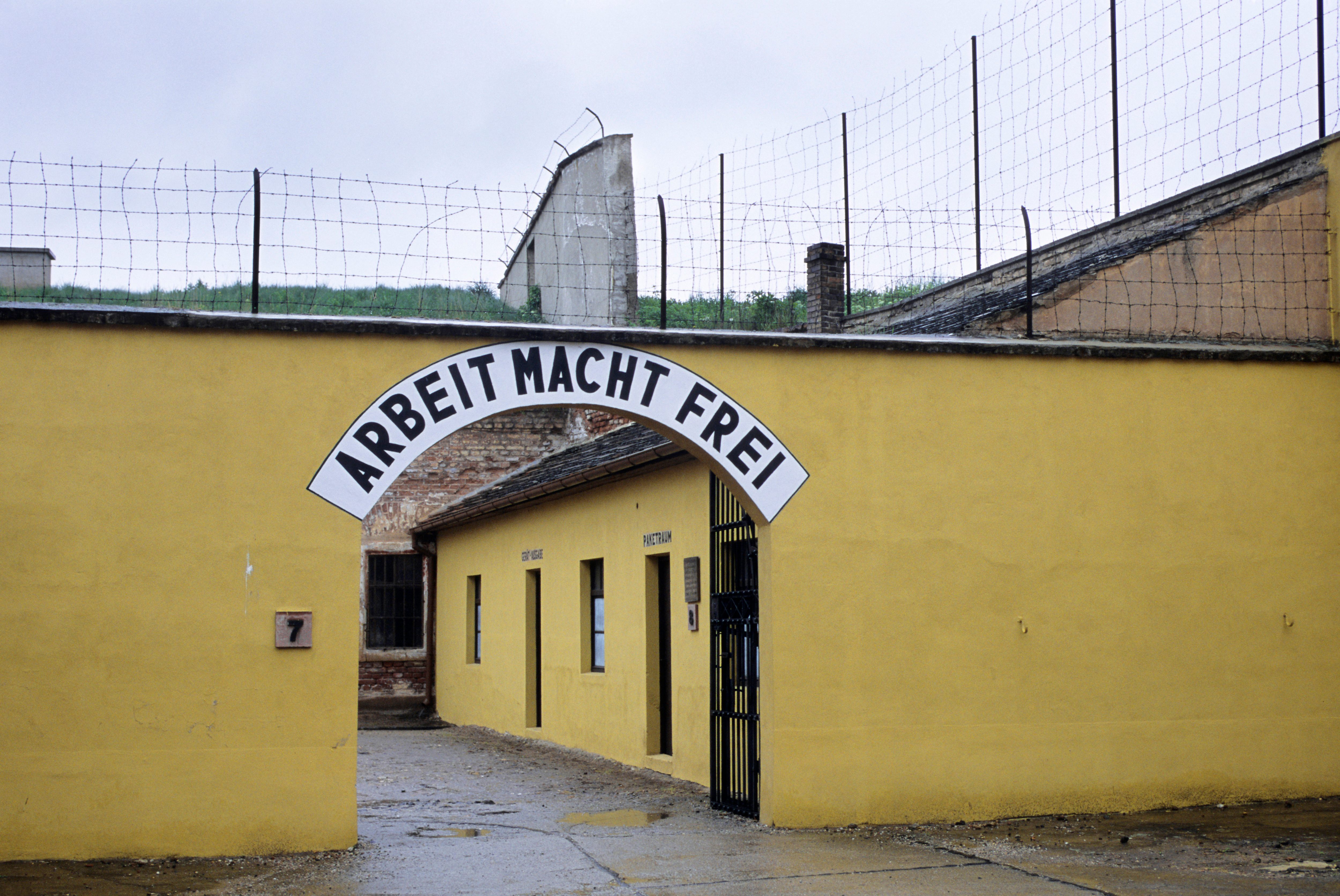
Her previous film, Mina’s Recipe Book, tells the searing story of one of these fantasy cookbooks, written by prisoners from memory. The film begins with a voiceover rendition of Mina Pächter’s daughter, Anny Stern, answering a shattering phone call 25 years after her mother had died in Theresienstadt, a Nazi camp in Czechoslovakia. Stern had managed to flee Theresienstadt for Palestine, and eventually moved to the United States with her husband and son. In 1969, she was living on the East Side of Manhattan.
“Are you Anny Stern?” a stranger on the line asked. “I have a package for you from your mother.”
The package, when Stern finally mustered the resolve to open it, contained a picture of her mother with Stern’s son, a few letters, and a notebook of tattered pages, held together by rough stitching. In this notebook were recipes—of linzer torte, goulash with noodles, chicken galantine––compiled by her mother and the other women of Theresienstadt.
Theresienstadt (whose Czech name was Terezín) has been variously referred to as a German concentration camp, a transit camp, and a Jewish ghetto. Located just outside of Prague, the colony was presented as a model ghetto (some Nazis referred to it as the “paradise ghetto”), a sham example of the Third Reich’s purportedly ethical treatment of Jewish people. In a foreword to In Memory’s Kitchen, the book that inspired the film, Michael Berenbaum, a Holocaust scholar, writes that elderly Austrian, Czech, and German Jews who were wealthy or otherwise prominent were told they were being brought there as part of a “privileged resettlement.” Some even paid the cost of transportation, deceived into thinking they were being sent to a retreat. Jewish scholars, artists, scientists, and World War I heroes ended up in Theresienstadt.
From Terezín, they would either be deported to a death camp, or sent to other transit camps. Of the 144,000 Jews sent to Theresienstadt, 33,000 died on site and 88,000 were deported to Auschwitz. By the end of the war, only 19,000 remained at the camp. Of these, only 100 were children. As emblems of a continuing Jewish line, children went first to the death camps. A memorial and a ghetto museum now stand in Terezín, exhibiting the personal collections of former inmates. There’s a park on the grounds, which commemorates the children of the camp.
In these circumstances, it was already a miracle that Anny Stern and her young son made it out of the camp in 1939. And the marvel didn’t cease when her mother’s last gift, entrusted to a friend as Mina Pächter lay dying of malnourishment in a Theresienstadt hospital, finally reached her, having made a circuitous route through Israel, Ohio, and finally New York City.
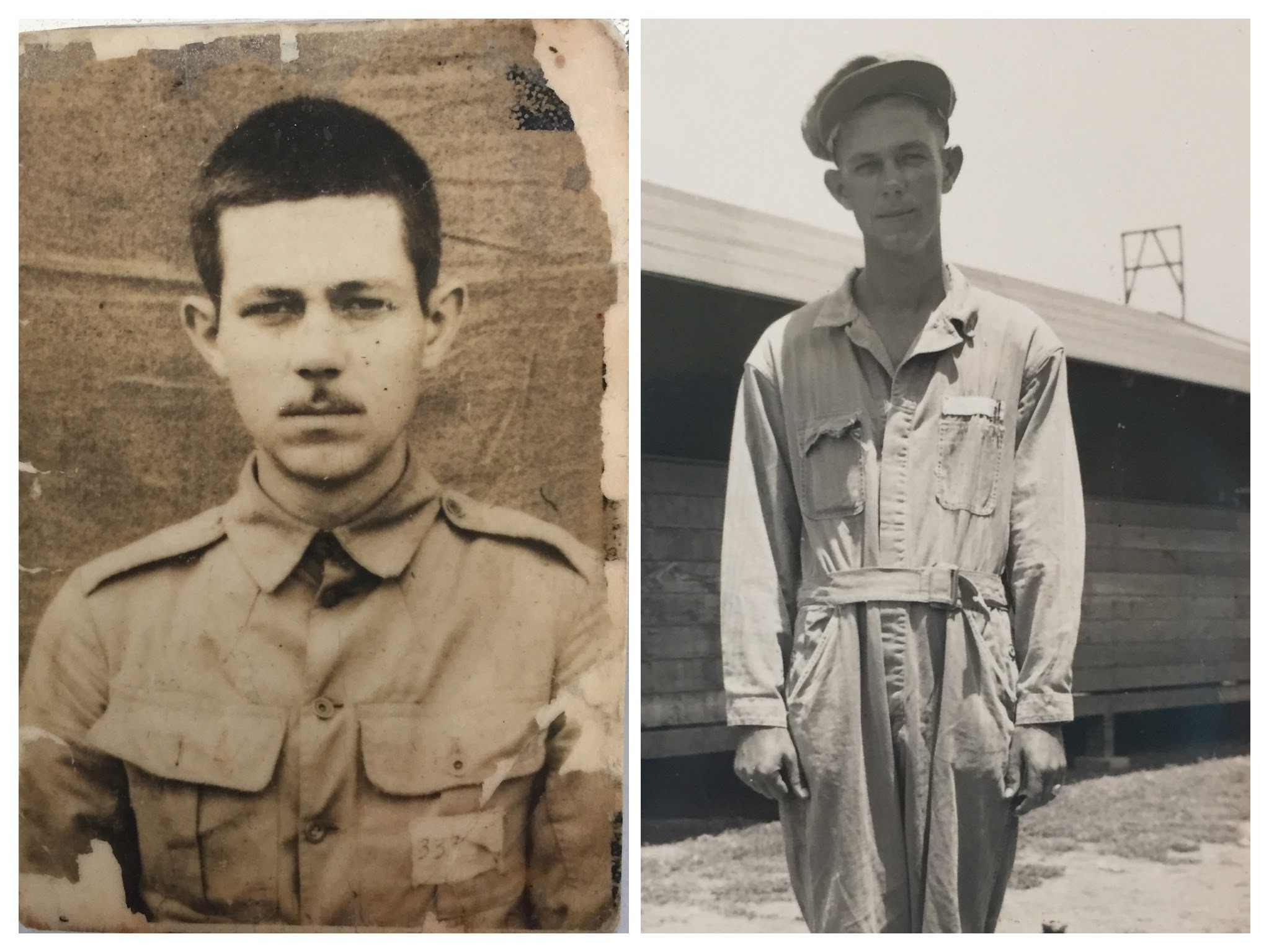
Michael Berenbaum, who served as the project director of the U.S. Holocaust Memorial Museum, describes the cookbook compiled by the starving women of Terezín as “a spiritual revolt against the harshness of given conditions.” He cautions against treating this document as something other than a vital historical artifact. “As such, this work—unlike conventional cookbooks—is not to be savored for its culinary offerings,” he writes, “[B]ut for the insight it gives us in understanding the extraordinary capacity of the human spirit to transcend its surroundings, to defy dehumanization, and to dream of the past and of the future.” Pächter’s cookbook, and other holdings of the Stern and Pächter family, now reside in the United States Holocaust Memorial Museum in Washington, D.C.
When survival depended on those who were strong enough to work despite abysmal conditions, the memory of food provided psychological succor. In Imaginary Feasts, Georget interviews a former inmate of Flöha, a concentration and slave-labor camp where prisoners built German Messerschmitt fighter planes. The food comprised mostly liquids, former detainee André Bessiere recalled: coffee in the morning, yellow gruel at night. There were 200 bowls for 700 men. This total annihilation of the body, of human dignity, was a calculated strategy of power. Because the detainees were dispensable labor, whose ultimate fate was the death camps, there was no need to nourish their bodies. “Starve them to death, you save the money for the food. They don’t have the capacity to resist,” said Berenbaum in an interview on Imaginary Feasts. “Whatever work you get out of them is a bonus.”
With trauma, language fails; there is never enough of it to give shape to the kinesthetic experience of horror. In the absence of language, these recipes offered a vocabulary of resistance, combating unspeakable deprivation with written narratives of nourishment. They also offered a vocabulary of safety, a comfortable memory of past meals, conveyed as hushed community ritual: a survival of the mind, when the body was on the brink of shutting down.
“It was a way to forget the conditions they were living in at the time,” says Roddie Stewart, whose father, the late Warren Stewart, wrote a similar diary of recipes while detained at a Japanese POW camp during World War II. “A way to go back to a better place and time, when they were with their families.”
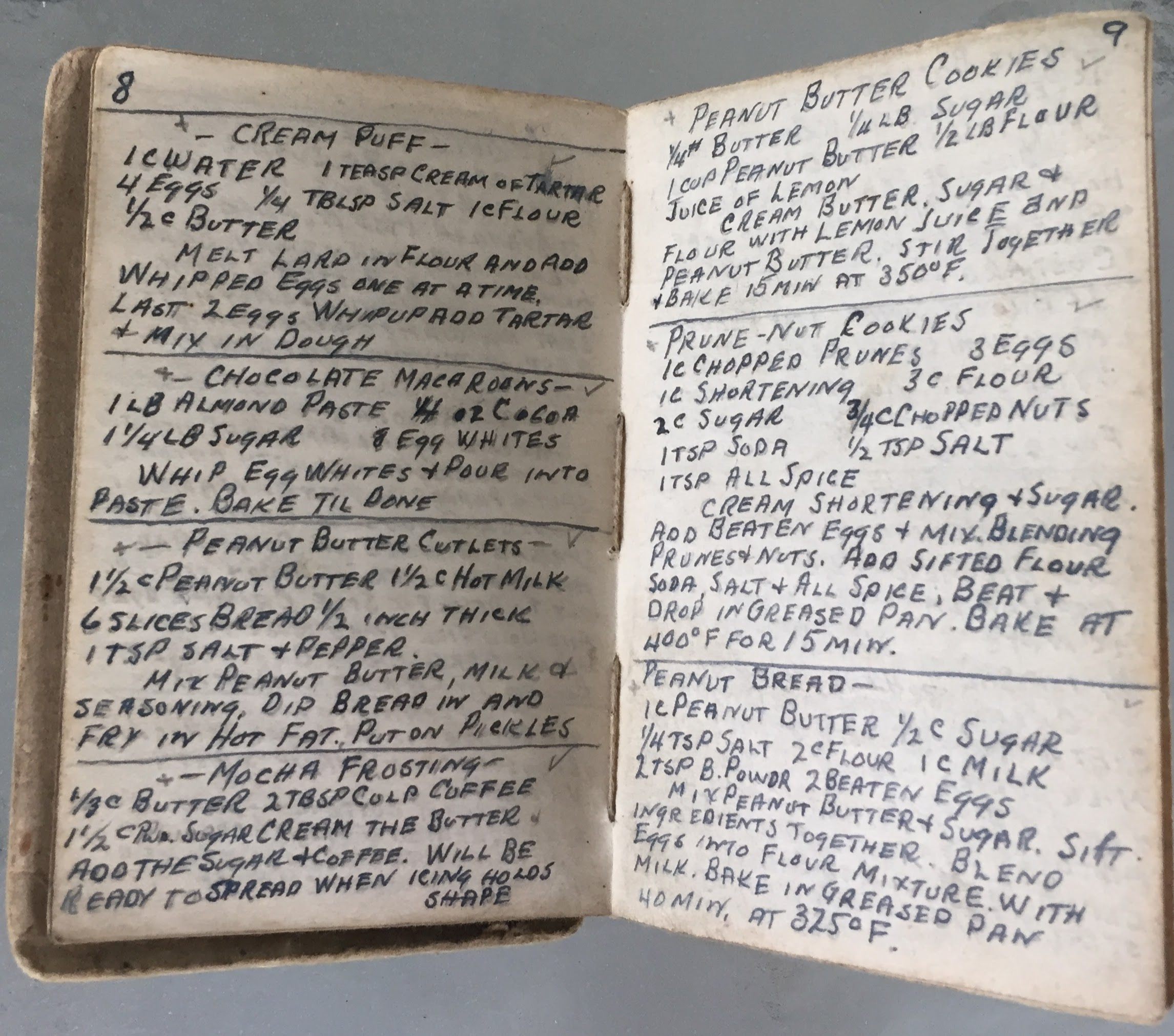
Sergeant Warren Stewart was an athletic sophomore at the University of Alabama when he enlisted in 1941. Deployed at different bases in the Pacific, Stewart was captured and loaded, with 2,000 other prisoners, into the cargo holds of what American POWs called a “Japanese hellship,” bound for the island of Kawasaki. Most of his cohort died during the 36 days they spent in the lightless, damp underbelly of the ship. “Japanese soldiers would lower little buckets with balls of rice, and that’s all they got to eat,” says Roddie Stewart.
At the Kawasaki labor camp, where he was held for 40 months, Stewart kept a neatly written journal detailing his daily meals: almost always rice with cabbage and carrot soup or noodles in pork and onion broth. But a different culinary world unfolded in the sergeant’s diary, where prisoners pitched in recipes for cream puffs, honey-drop cakes, cherry-date loaf, and pork tamales. An entire page of Stewart’s diary was dedicated to a list of sandwiches. It was almost as though the ritual of recall offered an escape of the mind, even as the body remained confined to the squalor of Kawasaki Camp 2B.
The late sergeant’s diaries are preserved in a locked safe in the Stewart house in Florence, Alabama. “It’s probably one of the most precious possessions I’ve got,” says Roddie Stewart, his voice breaking. “It reminds me of my father, of the man he became because of what he went through. He was more patient that anybody I knew, and had a love of life like nobody else ever had.”
Perhaps the only multi-cuisine “cookbook” written by incarcerated soldiers was the journal maintained by another American POW, Chick Fowler, during his time in Bilibid prison in the Philippines (where Stewart had also been detained briefly). Fowler’s aunt published his diaries as Recipes out of Bilibid in 1945. It contained recipes contributed by Fowler’s fellow war prisoners from their countries of origin. There were British recipes and American, Chinese and Mexican dishes, Italian favorites along with French, Javanese, and Filipino foods. In the absence of a common language, or common cultural coordinates, these imprisoned men turned to food fantasies as a framework of communication.
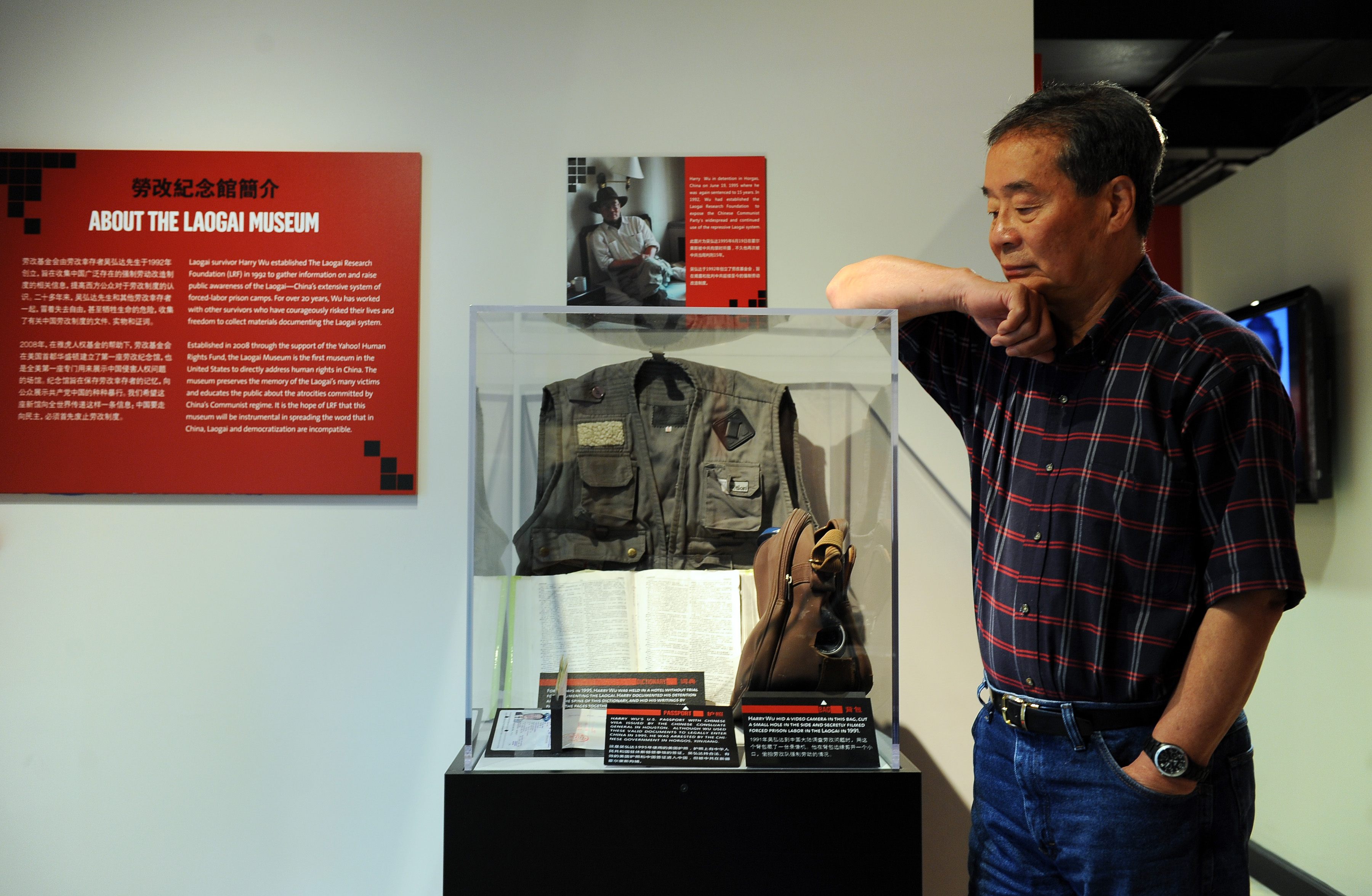
It wasn’t only the myriad political upheavals of the Second World War that inspired this particular form of culinary resistance. Harry Wu, a political dissident in China who spent more than 19 years at Chinese laogai, or penal labor camps, recalls similar “food imagining” practices with fellow prisoners in China under Mao Zedong. In his memoir, Bitter Winds: A Memoir of My Years in China’s Gulag, Wu wrote, through his translator Carolyn Wakeman, that inmates took turns “presenting the others with elaborate descriptions of a favorite dish, sometimes a specialty of our native province, or a secret recipe from our family. We would explain in detail how to cut the ingredients, how to season them, mix them, and arrange them on the plate. We would describe the smell and then the taste.” Even though Wu had come from affluence and never cooked, he weaved evocative tales of how his cook made his favorite dish of pork spareribs. “Everyone would listen in silence,” he wrote.
Although most of the authors of these recipes are now dead, the horrific circumstances that produce these documents remain. In February, the Office of the Inspector General at the Department of Homeland Security published a report about a spot inspection at an immigrant detention center in Newark, New Jersey. The inspectors found the center had been feeding detainees rotten, moldy meat and bread, causing wide-scale food poisoning at the facility and leading to inmates filing complaints about food quality. “Hunger comes not only from the body but also from the spirit,” Wu wrote of his experience a half century ago. Across history, the distribution of food, its quality, and its withholding has been a calculated strategy of subjugation and a marker of whether those imprisoned are seen as worthy of respect.
Perhaps what we take away from these stories is not the recipes that saved some Jewish women, or American soldiers, or Chinese labor-camp detainees from physical and emotional annihilation. Instead, these stories come to us as testaments of the repetitive depredations of history. They show how, across different periods of time, and around the world, humanity has been negligent in its fundamental duty: to recognize the inalienable human rights of those deemed ‘other.’
Gastro Obscura covers the world’s most wondrous food and drink.
Sign up for our regular newsletter.



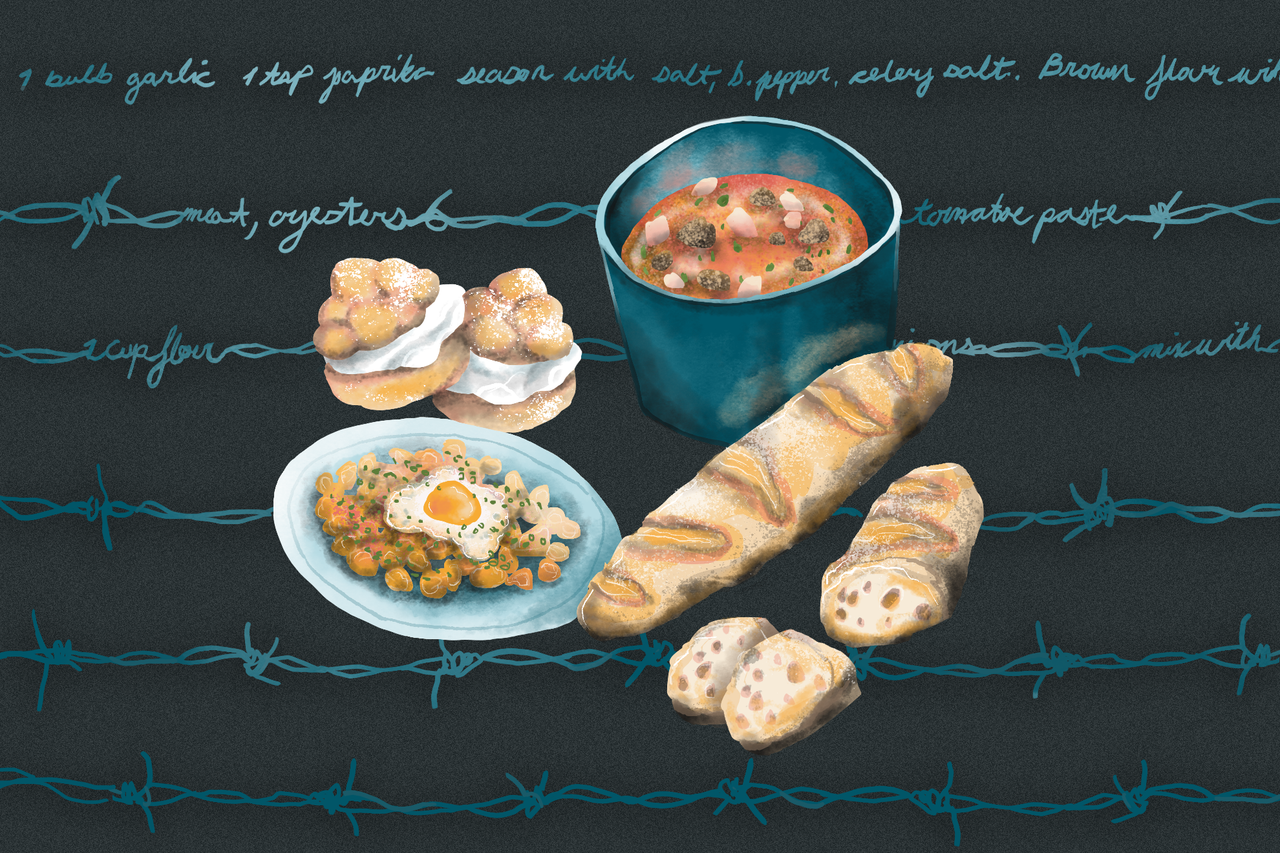





























Follow us on Twitter to get the latest on the world's hidden wonders.
Like us on Facebook to get the latest on the world's hidden wonders.
Follow us on Twitter Like us on Facebook